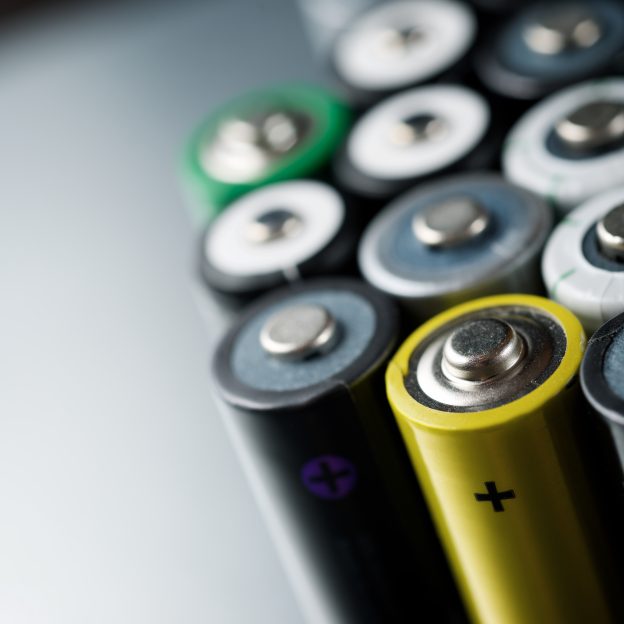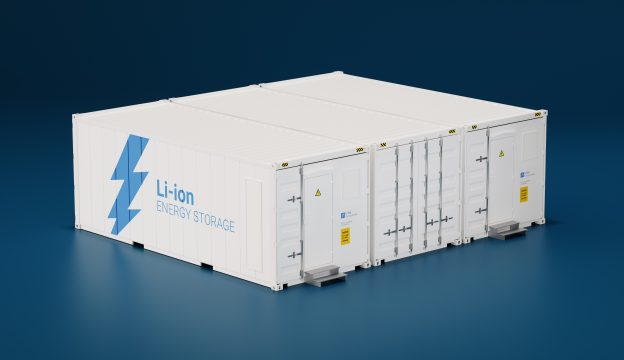According to Bloomberg New Energy Finance predictions, the global cumulative installed capacity for household energy storage is anticipated to surpass 15GW/34GWh by the close of 2023, with projections indicating a surge to 93GW/196GWh by 2030.

EESA statistics for the first half of 2023 reveal a 5.1GWh upswing in demand for the European household energy storage market. In Q2, nearly the entire inventory from the end of 2022, totaling 5.2GWh, has been utilized. The remaining stock stands at 6.4GWh, equivalent to the installed capacity in the European household energy storage market for 8 months. Forecasts suggest the European household energy storage market will hit 9.57GWh in 2023, with an estimated inventory consumption of around 4.47GWh in the latter part of the year. The inventory clearance is set to persist until the end of 2023, restoring European inventory levels to approximately 4.5GWh. EESA predicts that household energy storage installations in major global countries will surpass 12GWh in 2023. In 2022, new installations in the global household energy storage market reached 7.38GWh, with CR5 countries (Germany, Italy, Japan, the U.S., and Australia) constituting 75.6% of the total. Germany's household energy storage continues its robust growth, with new installations in the first three quarters of 2023 reaching 3.51GWh, reflecting an 84% increase from 2022. Based on Germany's current installation pace, an anticipated installed capacity of 4.34GWh is forecasted for 2023, marking a remarkable 136% year-on-year surge.
Global Installations of Household Storage Forecast

According to data from the European Energy Storage Association (EASE), Europe witnessed a substantial leap in its energy storage landscape in 2022, boasting a total installed capacity of 4.5GW—an impressive 80.9% surge compared to the previous year. Breaking it down, large-sized energy storage and industrial and commercial energy storage contributed approximately 2GW, while household energy storage notched up around 2.5GW. Germany played a pivotal role in this growth, achieving an overall installed capacity of about 1.5GW in 2022, marking a significant 70.0% year-on-year increase. Within Germany's contributions, household energy storage reached 1.2GW, large-sized energy storage accounted for 0.2GW, and industrial and commercial energy storage amounted to 0.1GW. As the leading energy storage market in Europe, Germany's efforts constituted around 34% of Europe's total installed energy storage capacity in 2022.
In May 2022, the EU unveiled the "REPowerEU" energy plan, aiming to elevate the renewable energy target to 45% by 2030, with an interim goal of 42.5% in the 2023 agreement. Aligned with the EU's commitment to ensuring energy security and fostering renewable energy development, European nations are actively leveraging government subsidies, tax incentives, financing support, and other policy tools to propel the installation of new energy infrastructure. Notably, the installation of distributed photovoltaic (PV) systems stands out as a crucial component, generating additional demand for household energy storage.
In the realm of inventory challenges, European household storage products faced a historic surge in stock levels by the close of 2022. Adding to the predicament, the weaker demand observed in the initial half of 2023 has exacerbated the drop in shipments to the European household energy storage sector. Notably, the decline in deliveries from international manufacturers to Europe was more conspicuous.
Germany has proactively spearheaded the advancement of household energy storage in Europe.
In 2023, as natural gas prices experienced a downturn, residential electricity prices followed suit, prompting European distributors to steadily deplete their inventories. This, in turn, had repercussions on new installations, raising concerns in the market about the actual demand in Europe. Despite these challenges, the European market in 2023 has displayed a robust trajectory.
According to statistics from ISEA&RWTH Aachen University, from January to August 2023, household energy storage installations in Germany surged to 3.04GWh, marking an impressive 158.0% year-on-year increase. Meanwhile, according to ANIE, Italy installed 1.09GWh of energy storage in the first quarter of 2023, reflecting a remarkable 296.0% year-on-year growth. We attribute the slower shipments in 2023 primarily to the temporary impact caused by inventory consumption.
Germany, at the forefront of driving European energy storage development, has adopted various strategies to bolster household energy storage. The country's support for household storage has deep roots, utilizing a mix of financing, taxation, subsidies, and other policies to foster its growth.
Presently, Germany has implemented two pivotal support policies for household energy storage. Firstly, under the EEG 2023, the German government has augmented the residual feed-in tariff for household energy storage, allowing for a feed-in subsidy of up to 13.4 euro cents per kWh. Moreover, the installed capacity limit for tax exemption on household storage has been raised from 10kW to 30kW. The second policy, the Tax Act 2022, involves Germany waiving income tax on a portion of the feed-in tariff and exempting 19% VAT on the import, purchase, and installation of small rooftop PV and energy storage systems. Additionally, the country has streamlined the VAT exemption process. These dual policies work synergistically to shorten the payback cycle of household solar and energy storage equipment by amplifying returns on electricity sales and reducing system costs. Consequently, they significantly enhance the economic viability of household energy storage in Germany.
The current returns on energy storage remain robust. Furthermore, in comparison to the preceding two years, the current range of energy storage products is more diverse, and the costs of batteries and other raw materials have progressively declined. Simultaneously, market demand is on the rise, projecting a continued upward trajectory for European household energy storage. The European energy storage market is primarily propelled by the desire for autonomous energy control and management, driven by compelling economic factors. Therefore, it is anticipated that European shipments in 2024 will experience rapid growth, leaving ample room for further improvement in the adoption rate of household storage in Europe.
Household energy storage is making strides in various regions:
APEC Region: The primary hubs for household storage within the APEC region are Australia and Japan.
Australia:
By the first half of 2023, the installed capacity in Australia's household energy storage market had reached approximately 0.47GWh, with an anticipated annual growth rate of 0.7GWh. Several Australian states have implemented subsidies for household storage systems to ease installation costs. According to Sunwiz statistics, the Australian household storage market achieved a noteworthy milestone in 2022, with a new installed capacity of 47,100 units and 589MVh. This represented a substantial year-on-year growth of 55.72% and 76.88%, respectively. This achievement is equivalent to around 15.0% of the year's new energy storage and PV sets, marking a 7.0% increase from the previous year.
Japan:
As of the first half of 2023, Japan's household energy storage installed capacity had reached approximately 0.43GWh, and the annual installations growth is expected to remain stable at 0.85GWh.
North America:
United States:
In the first half of 2023, the United States witnessed new household storage installations reaching an impressive 0.73GWh. Projections indicate a further surge, with expectations that U.S. household storage installations will hit 1.4GWh by the end of 2023. According to Wood Mackenzie, the U.S. experienced a substantial growth in new household storage installations in 2022, reaching 631MW/1537MWh, marking a 45% and 36% year-on-year increase. In the first quarter of 2023 alone, the new installed capacity amounted to 155.4MW and 388.2MWh, indicating a 7% and 36% year-on-year growth. Breaking down the energy capacity, grid-level, household, and industrial and commercial energy storage accounted for 86%, 11%, and 3%, respectively.
Rest of the World:
MENA Market:
As of the first half of 2023, the installed capacity in the MENA market reached 0.03GWh, with expectations pointing to a further increase to 0.07GWh by the end of 2023.







